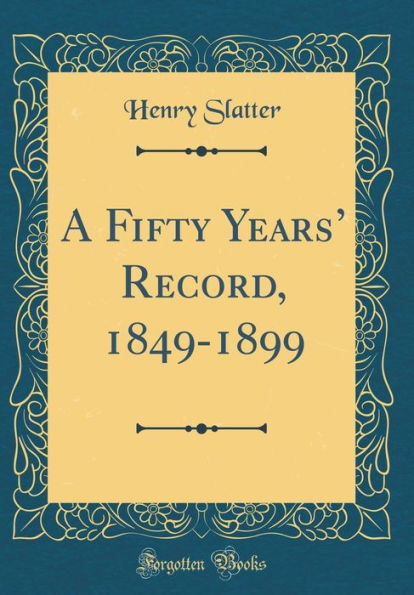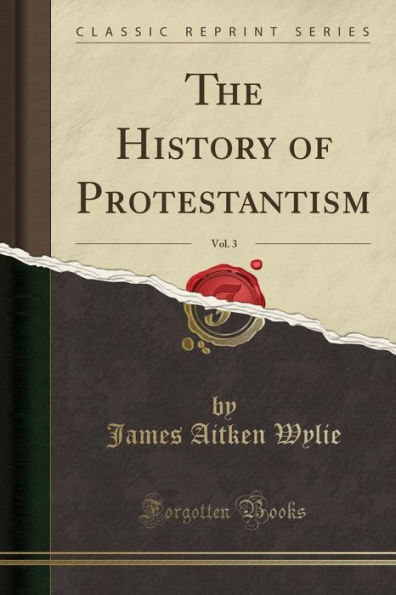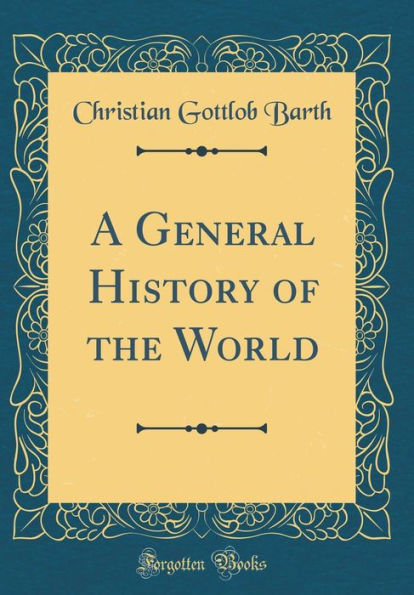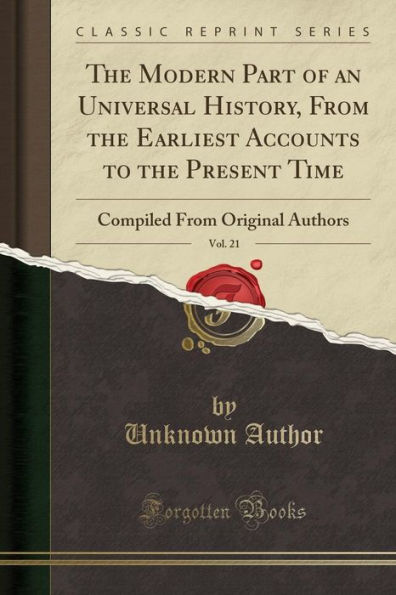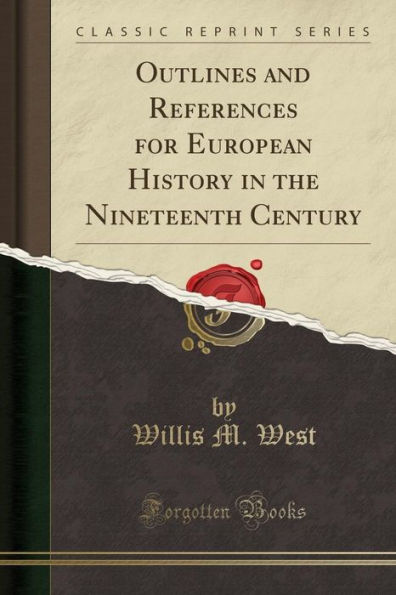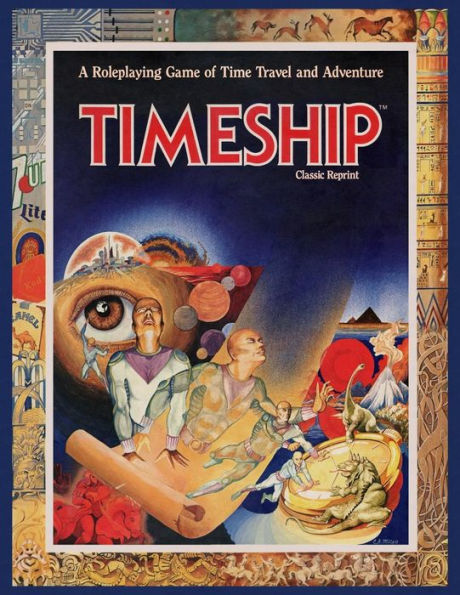Home
The Age We Live In, Vol. 3: A History of the Nineteenth Century, From the Peace of 1815 to the Present Time (Classic Reprint)
Loading Inventory...
Barnes and Noble
The Age We Live In, Vol. 3: A History of the Nineteenth Century, From the Peace of 1815 to the Present Time (Classic Reprint)
Current price: $23.57
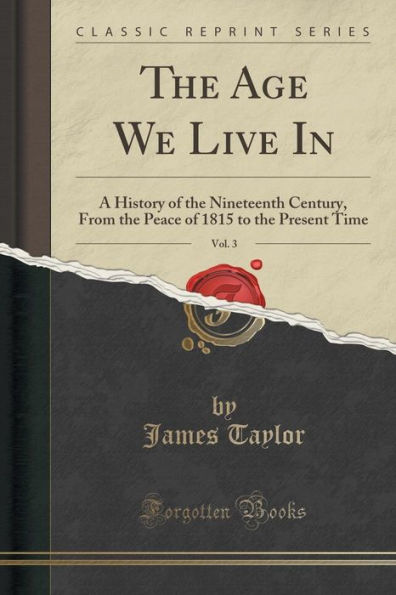

Barnes and Noble
The Age We Live In, Vol. 3: A History of the Nineteenth Century, From the Peace of 1815 to the Present Time (Classic Reprint)
Current price: $23.57
Loading Inventory...
Size: OS
*Product Information may vary - to confirm product availability, pricing, and additional information please contact Barnes and Noble
AT the close of the protracted Continental war in 1815, when the European ports were opened to our commerce, a Corn Law was hurried through Parliament, prohibit ing the importation of foreign grain until the price of wheat had risen to eighty shil lings a quarter. In 1822 this law was so far modified that importation was permitted when the price of wheat was seventy shil lings a quarter. Five years later, Canning, who was then Prime Minister, introduced a new Corn Bill on the principle of a sliding scale, making the duty rise as the price of grain fell in the home market. For every rise of a shilling in the home price the duty was to go down two shillings; for every fall of a shilling in the home price the duty was to go up two shillings. When the Bill reached the House of Lords an amendment was introduced into it by the Duke of Wellington, which caused the Ministry to withdraw the measure. After the death of Canning, and the downfall of the short lived administration of Lord Goderich, the Duke came into office and introduced a vol. III.
About the Publisher
Forgotten Books publishes hundreds of thousands of rare and classic books. Find more at www.forgottenbooks.com
This book is a reproduction of an important historical work. Forgotten Books uses state-of-the-art technology to digitally reconstruct the work, preserving the original format whilst repairing imperfections present in the aged copy. In rare cases, an imperfection in the original, such as a blemish or missing page, may be replicated in our edition. We do, however, repair the vast majority of imperfections successfully; any imperfections that remain are intentionally left to preserve the state of such historical works.



